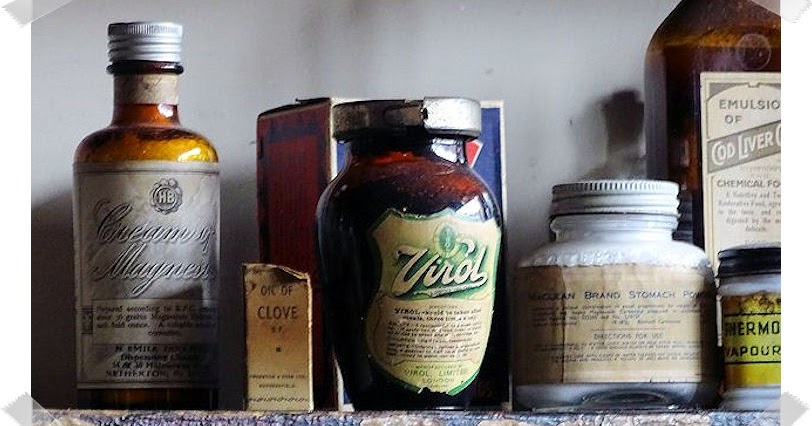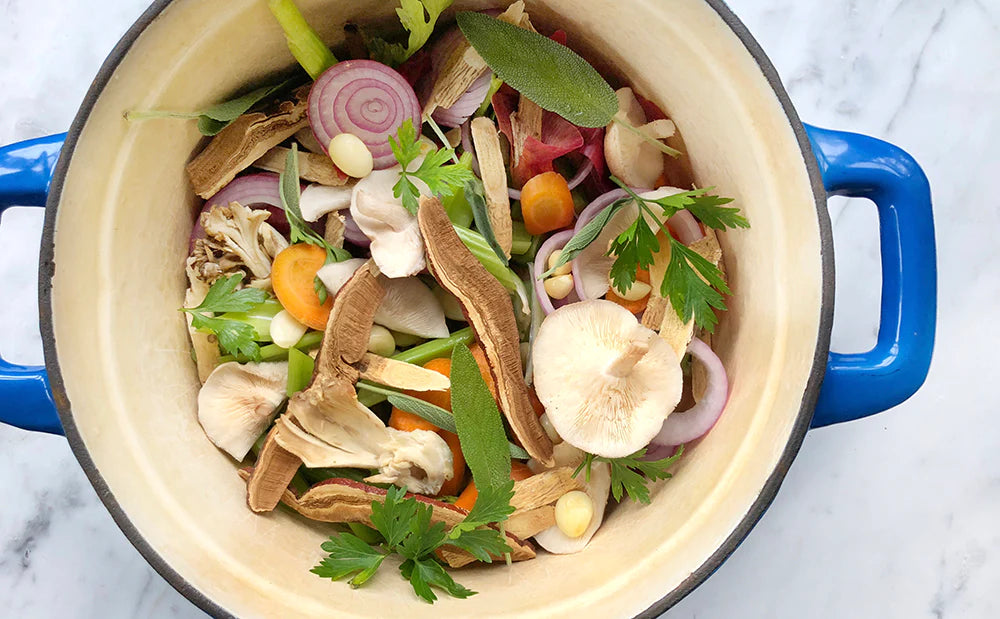I’ve been reading many old books recently that are full of herbal formula’s that have faded into the past, not all of them deserve to be revived but some do. As well as medicinal recipes, there are cosmetic and household items that I want to try making and see how good they are. To this end I’ve started a new category on my blog to gather them all together and this is the very first post, over time I’ll blog about interesting formula’s, the people who promoted them, and I’ll be trying a variety of the recipes out and posting the results.
To begin with I thought I’d start with Composition Powder, a remedy I’ve mentioned before in relation to George Slack. It was used for conditions specific to the upper respiratory tract, and was especially good for treating mucous producing colds and flu. It has however been used to cure a variety of ailments over the years here’s half a dozen found on the internet.
1) As a daily constitutional tonic
2) For fighting colds, flu, fevers, sore throat, and inflamed tonsils
3) To alleviate indigestion and stomach catarrh
4) To address diarrhoea, haemorrhoids, and colitis
5) To help heal canker sores and boils
6) For easing lumbar pain and menstrual cramps
There are sites on the web that claim that Jethro Kloss made this remedy famous via his book “Back To Eden” which was first published in 1939, but he reinvented the wheel herbally speaking, I’m afraid. Below is an image of Kloss’s formula, it’s almost the same as William Fox’s formula (see below) save for the fact that Kloss used White Pine (Pinus strobus) and not Canada Pine like Fox did.
Kloss’s Composition Powder Formula
Earlier examples of Composition Powder can be found in many of the old herb books, as yet I haven’t found a mention before 1846, if I do I’ll update this post. The 1846 date I came across refers to Benjamin Colby and his book “A Guide To Health” where he gave his version of
Composition Powder
Take of
Bayberry (Myrica) 2 lbs.
Ginger (Zingiber) 1 lb.
Cayenne 2 oz.
Cinnamon 2 oz.
Prickly ash (Zanthoxylum) 2 oz.
All to be finely pulverized, and sifted through a fine sieve, and well mixed.
Dose – One teaspoonful in two thirds of a cupful of hot water, sweetened; milk or cream may be added to make it more agreeable. This compound, being stimulant, astringent, and tonic, is an invaluable family medicine, being adapted to all forms of disease, in connection with laxatives, if costiveness be a prominent symptom, or relaxants in cases of constriction.
It may be possible that Kloss brought the remedy back into the public eye and made it ‘famous’ again, but there are many other examples throughout the decades which means that other people before Kloss expounded the virtues of this remedy, for example… In 1907 William Fox, as already mentioned above, in his “Model Botanic Guide To Health” gave the following formula:
Fox’s Composition Powder
Bayberry 2ozs.
Ginger 1oz.
Pinus Canadensis [Canada Pitch] ½oz.
Cloves 1 dram
Cayenne Pepper 1 dram
All finely powdered, and mixed through a fine sieve.
George Slack’s recipe from his book “Slacks Herbal: A Treatise on the Pathology of Disease” can be found in a previous post of mine. Slack’s book was first printed in 1878 and had many reprints, the version quoted in my post on Slack is from my 1932 issue.
In R L Hool’s “Common Plants and their Uses in Medicine”, 1922, we find John Skelton’s formula. Dr Skelton lived in Leeds and published a Herbalism Periodical between May 1852 and August 1855, it consisted of 40 weekly issues, each containing 16 pages, costing a penny each. It was by all accounts a lively periodical, not only pushing medical herbalism for the masses, but examining and promoting medical reform and other social issues. Dr Skelton was at one point a friend and follower of Dr Coffin, but he later became disillusioned with Coffin’s methods and narrow-mindedness and spoke out against him.
Dr.Skelton’s Composition Powder
Poplar Bark 4ozs.
Bayberry Bark 8ozs.
Ginger 4ozs.
Cloves 1oz.
Cinnamon 1oz.
Cayenne 1/4 oz.
All in powdered form.
In my recently acquired copy of Peter MacEwan’s Pharmaceutical Formulas: the Chemist and Druggist’s’ Book of Useful Recipes for the Drug Trade, P.755, there is a formula given for Composition powder which contains just 4 ingredients, namely Bayberry Root Bark, Ginger, Capsicum and Cloves, all in powdered form, and on P.614 a formula is given for Composition Essence which is made up of the composition powder, proof spirit, glycerine and water.
Alfred Hall and Arthur Barker edited the 1932 edition of the National Botanic Pharmacopoeia, contained within was a formula for composition powder that contained 1oz of powdered bayberry and ½oz of powdered Ginger, Spruce Fir, Cayenne, Cinnamon and Prickly Ash. There are countless others as well, they all have Bayberry Root Bark, Ginger and Cayenne in common, the herbalists amongst us would be able to give a better opinion of the different formula’s and maybe present a Composition Powder for today? I’ve made Slack’s formula up and didn’t much like it, I think it was the bitter turmeric that didn’t sit right with me.
My thanks go to Kevin Brown for supplying the formula’s from Dr’s Fox and Skelton and for supplying the information and formula from Hall & Barker.


